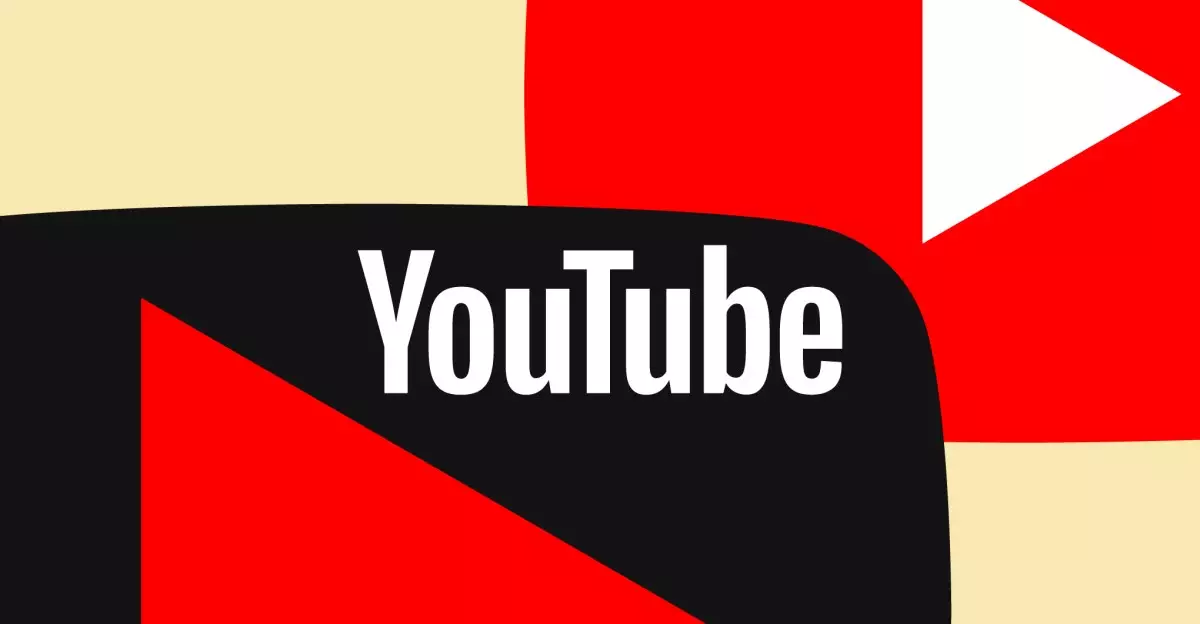In an age where streaming services are fiercely competing for exclusive content, YouTube TV recently made headlines with its decision to secure a deal that includes various Paramount Network channels, such as CBS, CBS Sports, and Nickelodeon. This development comes on the heels of a blog post that raised concerns about potential loss of Paramount’s content on the platform. The initial alarm suggested that YouTube might not maintain access to popular channels, prompting users to question their subscription’s value. Fortunately, YouTube quickly clarified the situation, announcing a deal that will keep these beloved channels available to viewers.
The rollercoaster of information began on February 12 when YouTube hinted at the possibility of losing Paramount content. This provoked a flurry of concern among subscribers, leading YouTube to propose an $8 credit for those affected should the content become unavailable for a considerable duration. Yet, barely 24 hours later, the narrative shifted. YouTube’s commitment to extending negotiations allowed them to reach an agreement to continue carrying Paramount’s channels, much to the relief of its subscribers who relied on these networks for news, sports, and entertainment.
The transparency in communication from YouTube post-blog revelation is commendable; however, the situation brings to light essential questions about content ownership and viewer security in the streaming landscape. In a space where the stability of subscriptions can fluctuate rapidly, the trust between platforms and their audience is vital.
While the deal itself is undoubtedly beneficial for viewers, it begs the question: What are the financial implications of such agreements? Historical patterns in the industry show that securing big-name content often leads to increased subscription costs. YouTube TV’s recent price hike—an increase of $10 leading to a monthly subscription of $82.99—is a reminder that enhanced content often comes at a price.
YouTube has reassured subscribers that any future price increases will be communicated ahead of time. However, the lack of detail surrounding the new deal and its potential repercussions on pricing leaves room for speculation. Consumers are increasingly wary of value propositions when it comes to streaming services, and any move to escalate costs without clear justification could ignite backlash among users who have many alternatives available.
YouTube’s deal with Paramount signifies a crucial retention of content that aligns with viewer interests. It also highlights the ongoing challenges faced by streaming platforms in an era of rapidly shifting content availability. As YouTube navigates this competitive landscape, both transparency and proactive communication will play essential roles in maintaining subscriber trust and satisfaction. The future of YouTube TV may very well depend on how it addresses pricing concerns while continuing to provide access to highly sought-after channels. As the streaming wars rage on, content stability will remain paramount, and platforms must adapt to ensure they meet consumer expectations.

